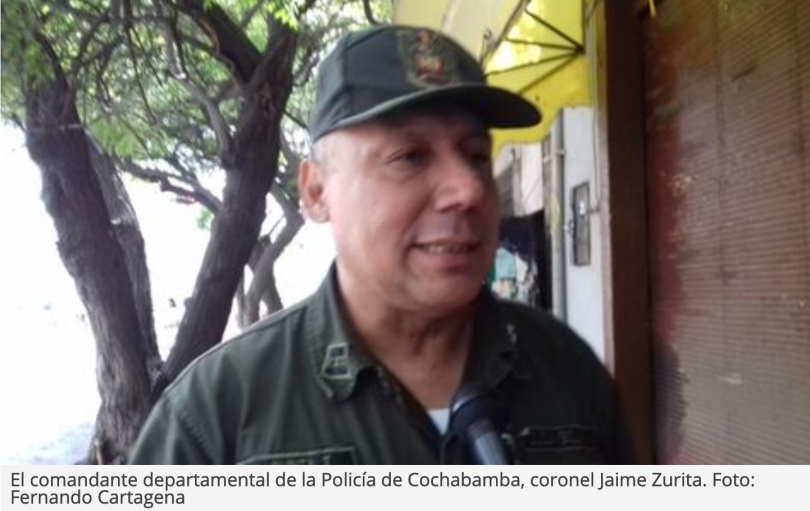Iconic French philosopher Jean-Paul Sartre is best remembered for his existentialism and efforts to integrate radical individual freedom with a left politics committed to opposing both colonialism and capitalism. One of the most visible intellectuals of his generation, Sartre engaged personally with the Algerian independence movement and Frantz Fanon (whose The Wretched of the Earth was published with his introduction); with the Vietnam War by serving on the Russell Tribunal and writing a condemnation of the American war effort as genocidal; and with Che Guevara, Communist China, and the Soviet Union.
Yet the dramatic events of May 1968 in Paris, when first a student revolt then mass factory occupations raised banners of revolution in one of Europe’s major capitals, re-shaped Sartre’s politics. Even amid the protests, Sartre was attempting to rethink the role of revolutionary vanguards and communist parties in dialogue with student leader Daniel Cohn-Bendit (interview). By June, Sartre co-wrote an editorial in Le Temps Moderne arguing:
The taking of power can only result from revolutionary processes developing from the periphery toward the center. The State cannot be conquered through the confiscation, peaceful or otherwise, of its power apparatus so long as it has been kept intact. Its conquest will result from its own crumbling and paralysis following the rise of self-organized popular forces in the factories, administrations, public services, towns, cities, and regions. The taking of power in the decision-making centers; and in the centers of production, physically within the grasp of the organized workers, emptying the bourgeois state of its substance, thereby breaking its resistance.
“A Beginning,” editorial in Le Temps Moderne, June 6, 1968. Translation appeared in the SDS publication CAW #3, fall 1968.
Here, in a 1975 interview is Sartre framing his stance as, in the long-term, anarchist:
Michel Contat: After May 1968 you said to me: “If one rereads all my books, one will realize that I have not changed profoundly, and that I have always remained an anarchist.”
Jean-Paul Sartre: That is very true. And it will be evident in the television broadcasts I am preparing. Still, I have changed in the sense that I was an anarchist without knowing it when I wrote La Nausée: I did not realize that what I was writing there could have an anarchist interpretation; I saw only the relation with the metaphysical idea of “nausea,” the metaphysical idea of existence. Then, by way of philosophy, I discovered the anarchist being in me. But when I discovered it I did not call it that, because today’s anarchy no longer has anything to do with the anarchy of 1890.
Contat: Actually, you never identified yourself with the so-called anarchist movement!
Sartre: Never. On the contrary, I was very far from it. But I have never accepted any power over me, and I have always thought that anarchy, which is to say a society without powers, must be brought about.
Sartre: To express it another way, it is the experienced certainty of my own freedom, to the extent that it is everyone’s freedom, which gives me at the same time the need for a free life and the certainty that this need is felt in a more or less clear, more less conscious way by everyone.
The coming revolution will be very different from the previous ones. It will last much longer and will be much harsher, much more profound. I am not thinking only of France; today I identify myself with the revolutionary battles being fought throughout the world. … I can only say that at least fifty years of struggle will be necessary for the partial victory of the people’s power over bourgeois power. There will be advances and retreats, limited successes and reversible defeats, in order to finally bring into existence a new society in which all the powers have been done away with because each individual has full possession of himself. Revolution is not a single movement in which power is dismantled.
Portrait: CC-BY Arturo Espinosa, Jean Paul Sartre for PIFAL, 2012


















